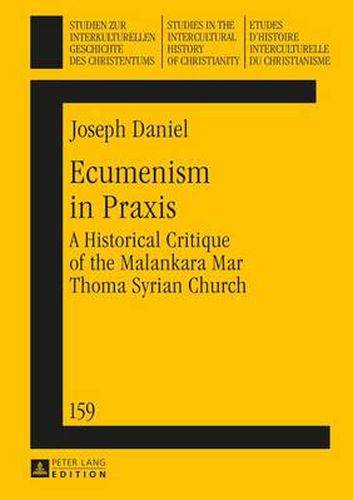Readings Newsletter
Become a Readings Member to make your shopping experience even easier.
Sign in or sign up for free!
You’re not far away from qualifying for FREE standard shipping within Australia
You’ve qualified for FREE standard shipping within Australia
The cart is loading…






This title is printed to order. This book may have been self-published. If so, we cannot guarantee the quality of the content. In the main most books will have gone through the editing process however some may not. We therefore suggest that you be aware of this before ordering this book. If in doubt check either the author or publisher’s details as we are unable to accept any returns unless they are faulty. Please contact us if you have any questions.
The Malankara Mar Thoma Church’s ecumenical outlook - marked by twin facets of openness and autonomy - has been the underlying ethos guiding its history, helping it to establish a unique identity. The book retells the church’s ecumenical history dating back to its founding in 52 CE. This study throws ample light on the period between the significant changes of 1889 and the present times. It deals with questions such as: How did the church start practising an ecumenical outlook even before the word ecumenism was coined? Could this have resulted from the church’s interaction with Indian culture that upholds unity in diversity?
$9.00 standard shipping within Australia
FREE standard shipping within Australia for orders over $100.00
Express & International shipping calculated at checkout
This title is printed to order. This book may have been self-published. If so, we cannot guarantee the quality of the content. In the main most books will have gone through the editing process however some may not. We therefore suggest that you be aware of this before ordering this book. If in doubt check either the author or publisher’s details as we are unable to accept any returns unless they are faulty. Please contact us if you have any questions.
The Malankara Mar Thoma Church’s ecumenical outlook - marked by twin facets of openness and autonomy - has been the underlying ethos guiding its history, helping it to establish a unique identity. The book retells the church’s ecumenical history dating back to its founding in 52 CE. This study throws ample light on the period between the significant changes of 1889 and the present times. It deals with questions such as: How did the church start practising an ecumenical outlook even before the word ecumenism was coined? Could this have resulted from the church’s interaction with Indian culture that upholds unity in diversity?